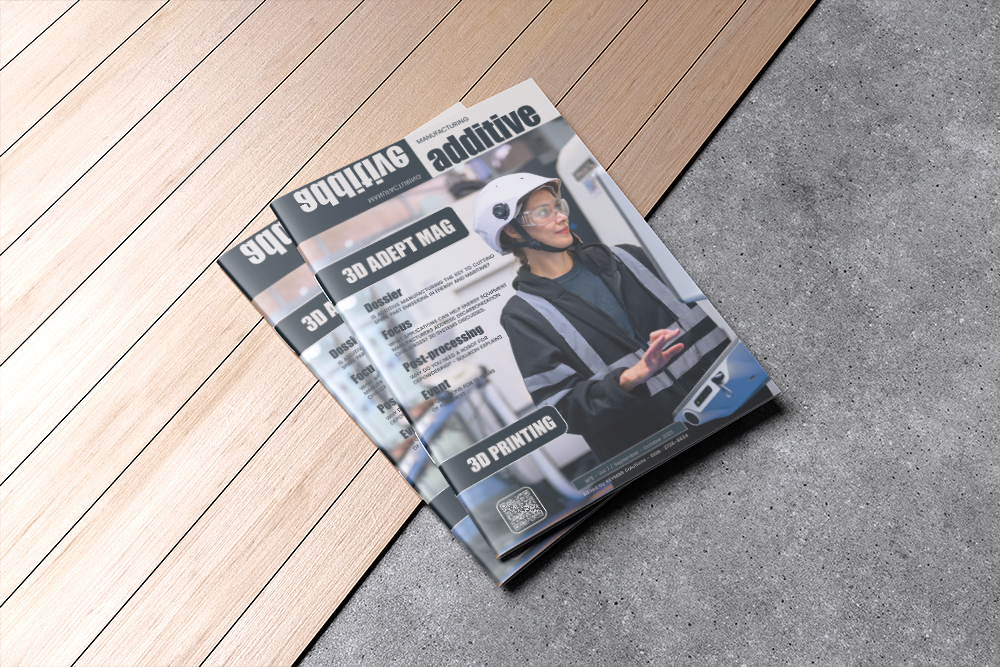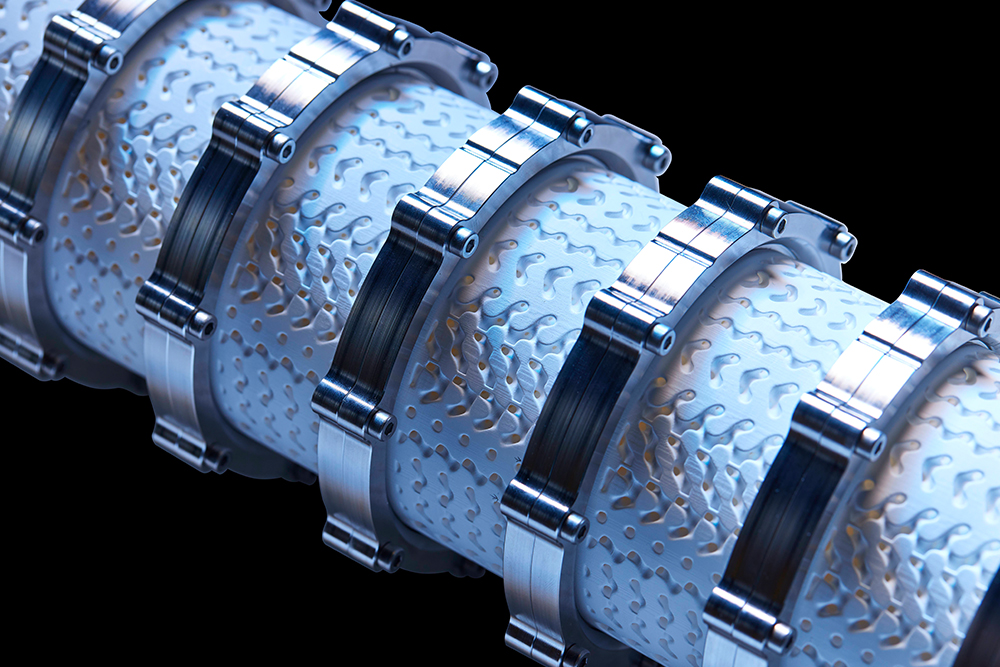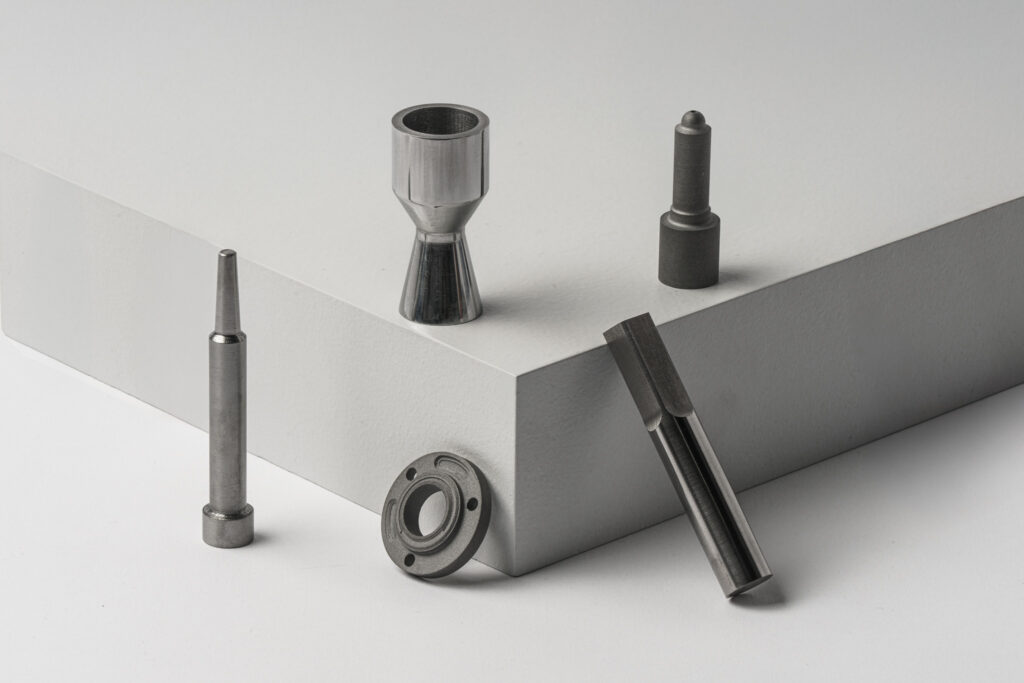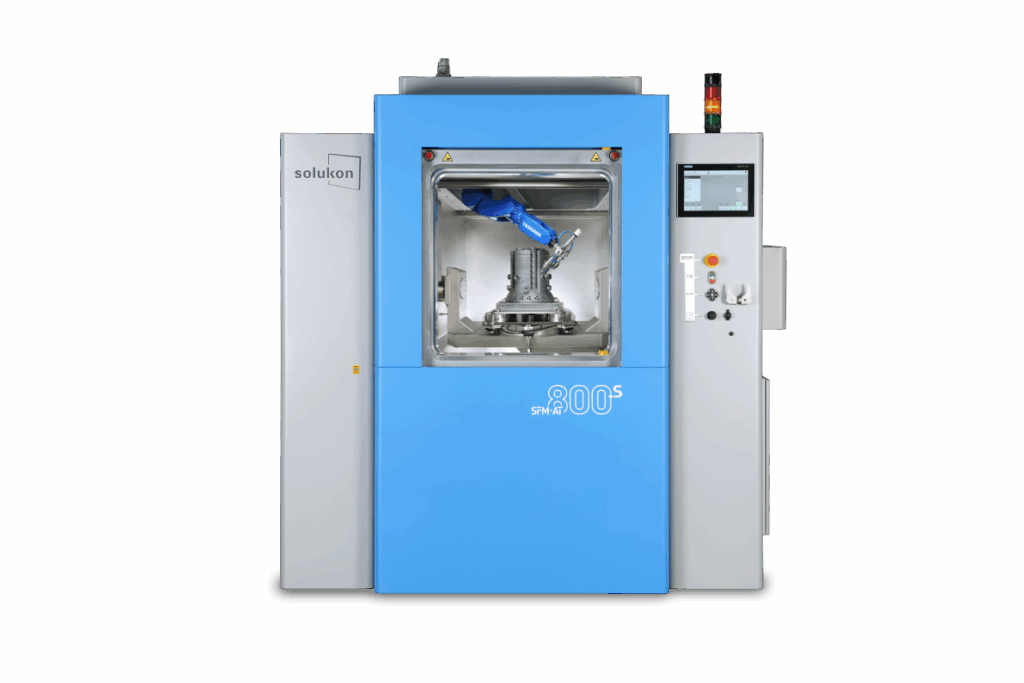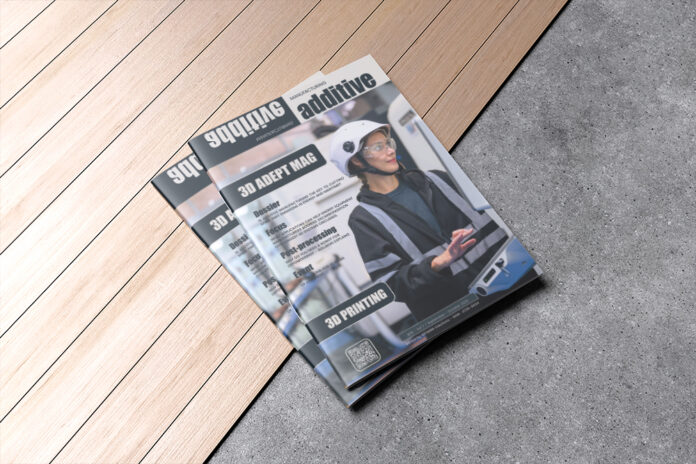
Every November, there is only one goal for anyone building an additive manufacturing (AM) business: Frankfurt. Formnext.
This year, however, it feels a little more special. Formnext is turning ten years old, and if you have experienced this journey, you know that it is not just another trade fair anniversary. It's a tribute to the advancements of this industry and, for many of us, a reminder of how much we've learned (and unlearned) along the way.
As our team prepared this Special edition of 3D ADEPT Magwe thought about what a decade of building, scaling, failing, changing, evolving and learning looks like for this team and the industry they serve in our events space.
But this topic is not just about looking back. It's also about looking forward, especially when it comes to sustainability. More than ever, companies are realizing that sustainability isn't a box to tick; It is a strategy that must extend through all phases of production. In this issue, we go beyond the usual narratives and explore how AM's unique strengths (traceability and circularity) can directly provide broader support ESG goals.
Our focus on maritime and energy brings this conversation to life as both sectors wrestle with the realities of decarbonization. You'll learn what strategies are used to measure the carbon footprint of 3D printed parts and how AM applications can help energy equipment manufacturers meet climate goals without compromising performance.
And because innovation rarely stands still, we also focus our attention on it Mechanical and plant engineeringan area where AM is now proving itself in practical terms: by producing tailor-made, functionally optimized parts, shortening development cycles and improving maintenance efficiency.
In addition, there is a deep insight into new materials shapes the industry and the quiet revolution that robotics brings with it depowderingand you have a mix that perfectly captures where AM is today: dynamic, mature and constantly evolving.
So as we all come together in Frankfurt to celebrate ten years of Formnext, let's also celebrate the people and ideas that continue to drive this industry forward. Here’s to the next decade of breakthroughs, collaboration and bold thinking.
Happy reading – and enjoy the show!
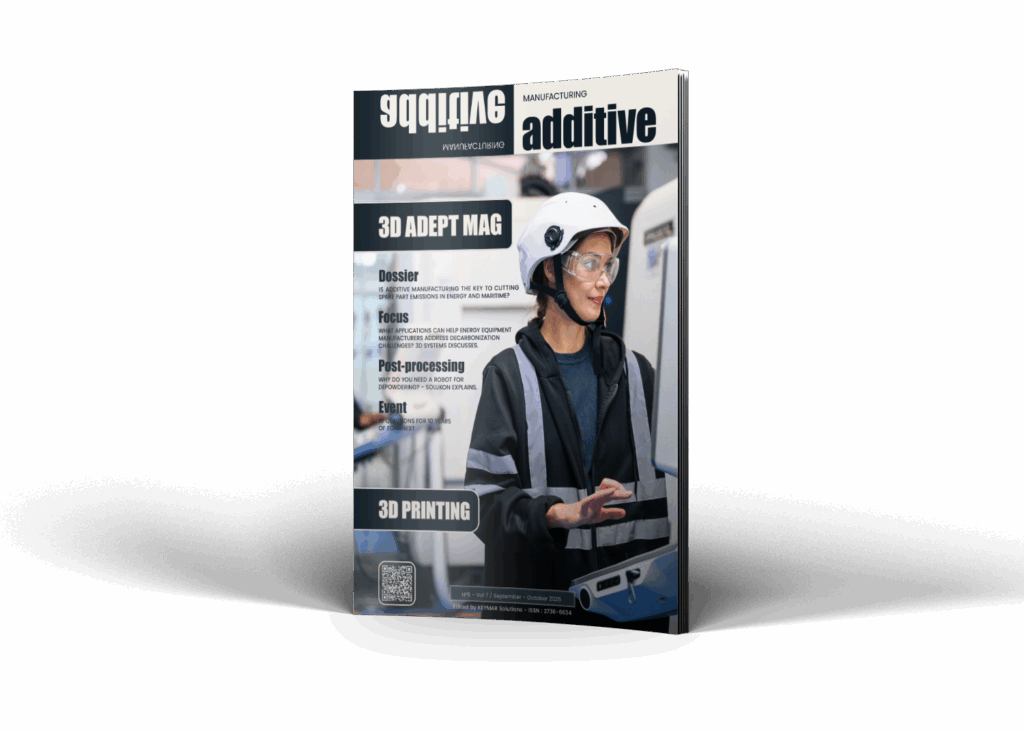 Exclusive features
Exclusive features
Dossier: Is additive manufacturing the key to reducing spare parts emissions in the energy and shipping sectors?
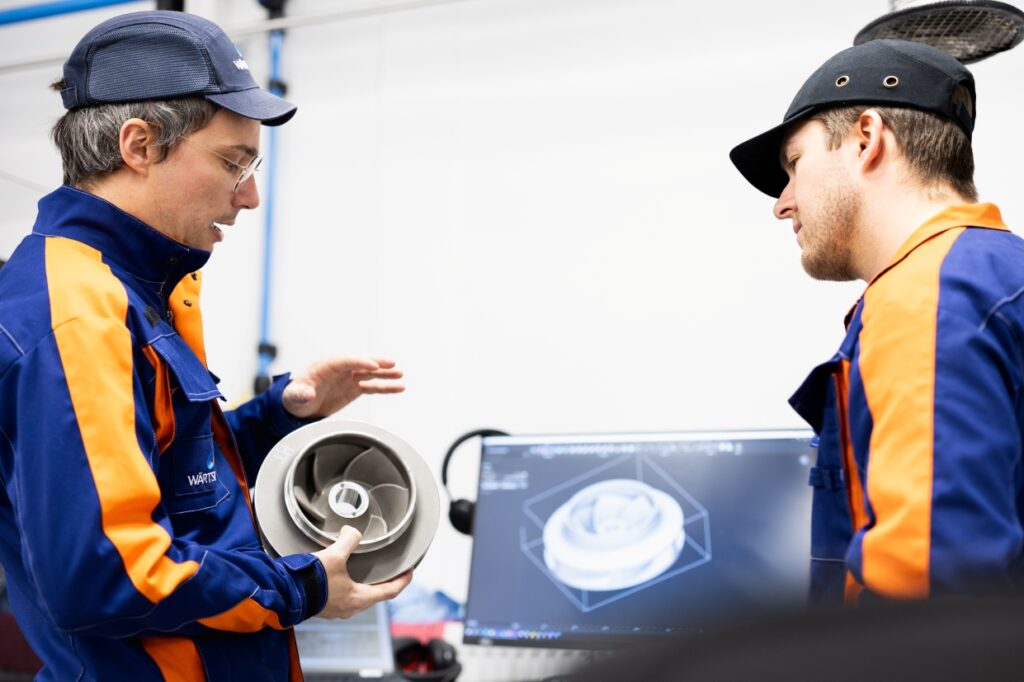
The focus on energy and shipping is simple: if we compare the different sectors, the energy industry (oil, gas, coal, power generation) and the shipping industry are actually among the largest sources of emissions worldwide, although in different ways.
With key data, Lloyd's Register (LR), Wärtsilä and Berenschot discuss how AM should be part of the solution to solving these problems.
FOCUS | What applications can help energy equipment manufacturers meet the challenges of decarbonization? 3D Systems discussed.
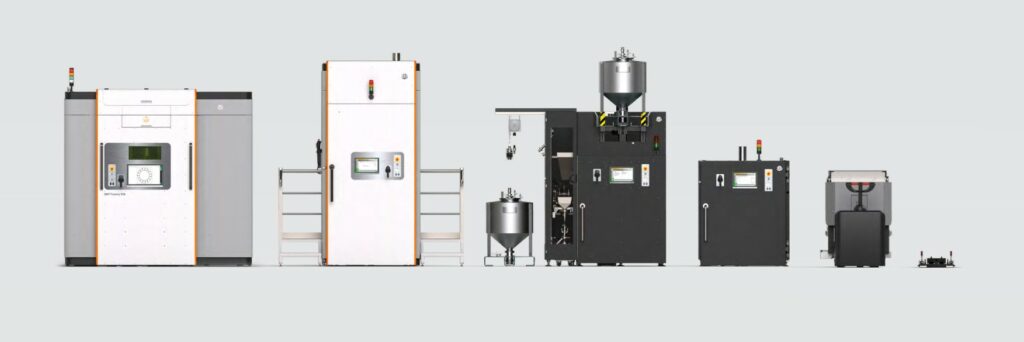 Every megawatt of renewable energy and every drop of cleaner fuel depends on the equipment that makes it possible. Nevertheless, the manufacturing process of these devices creates a significant carbon footprint. For energy equipment manufacturers and energy companies in general, the question is no longer whether to take action to reduce carbon footprints, but which applications can really make a difference.
Every megawatt of renewable energy and every drop of cleaner fuel depends on the equipment that makes it possible. Nevertheless, the manufacturing process of these devices creates a significant carbon footprint. For energy equipment manufacturers and energy companies in general, the question is no longer whether to take action to reduce carbon footprints, but which applications can really make a difference.
Pierre Van CauwenberghPh.D., Senior Application Engineer, Application Innovation Group at 3D Systems, shares key insights here.
AM shaper | Sponsored by Formnext
Evove: Making “filtering the unfilterable” sustainable with additive manufacturing
When people talk about technologies that could enable a net-zero future, water filtration is rarely on the list. Filtration membranes can use up to 95% less energy than conventional thermal cleaning processes, for example in desalination. In addition to the obvious benefits (longer operating time and cleaner water), Evove aims to reduce both the cost and environmental impact of filtration and separation. Their use of additive manufacturing made me want to find out how to do it.
Materials | What if refractory metals didn't require so much post-processing?
We have always been the first to praise manufacturing approaches that focus on perfecting post-processing steps. For years, we have reminded the industry that this step, which can account for up to 50% of total production time and costs, turns 3D printed parts into reliable parts. Researchers at Cornell University recently confirmed this view, showing how carefully tailored heat treatment can bring out the best in AM IN718 by removing unwanted phases and improving elongation without compromising strength. But what if we looked at it from a different angle? What if we designed materials that didn't require this extra work in the first place?
With key insights from Jake Guglin of Foundation Alloys.
Post-processing | Why do you need a robot for depowdering? – Solukon explains.
Solukon goes one step further: it imagines a robot-assisted depowdering solution. In the following article, Andreas Hartmann, co-founder and CEO, explains the why and how of this concept and what it could mean for the future of depowdering.
Opinion | How traceability in additive manufacturing (AM) influences ESG impacts
For several years now, we have dedicated an annual issue of 3D ADEPT Mag to this crucial topic, alongside the growing number of AM applications focused on sustainability. The goal has always been the same: to keep track of how AM companies are progressing on their sustainability journey.
Event | 10 questions about 10 years of Formnext
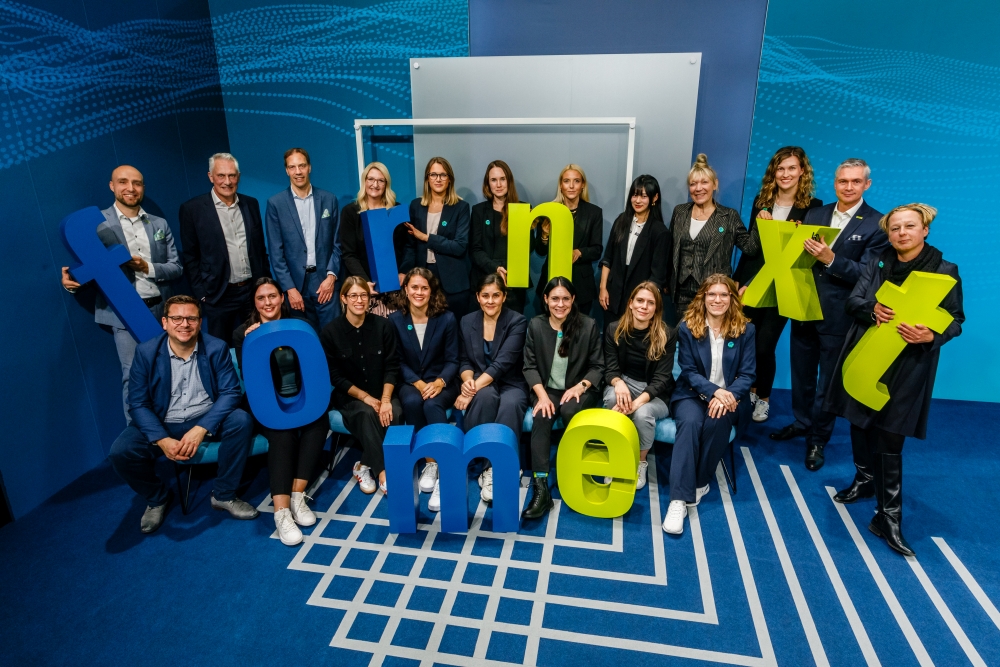
Formnext and industry voices reflect on what a decade of building, scaling, failing, pivoting, developing and learning looks like.
DOWNLOAD THE MAGAZINE
